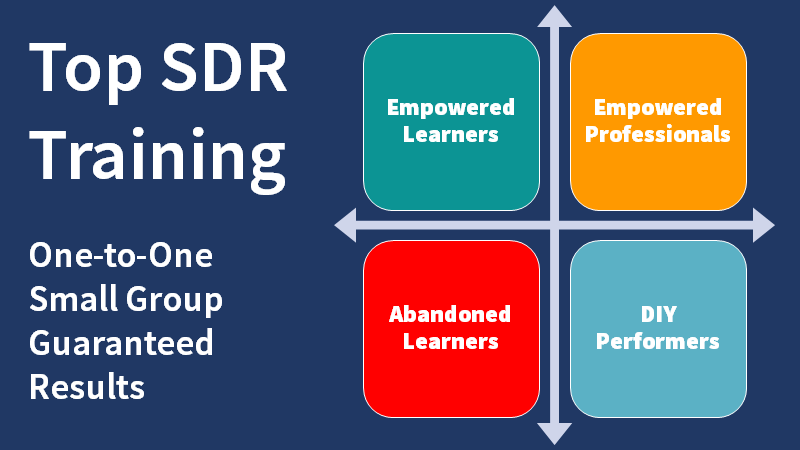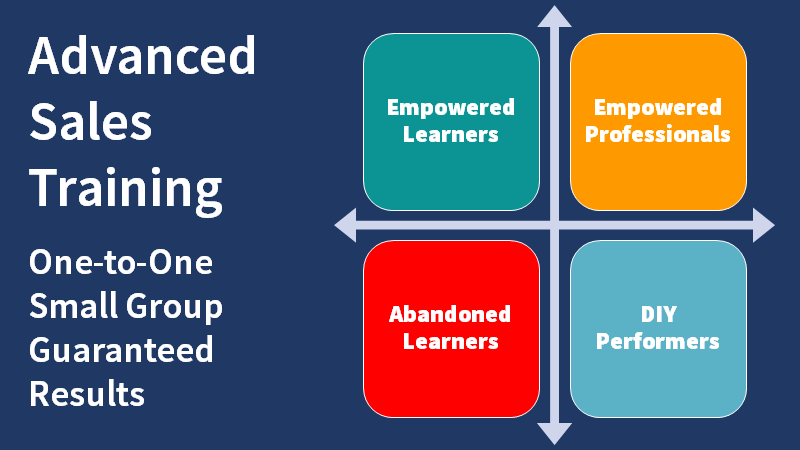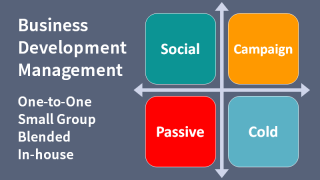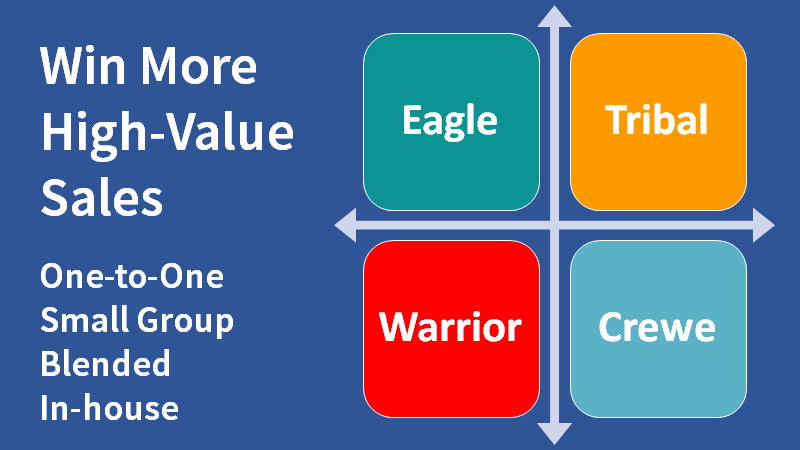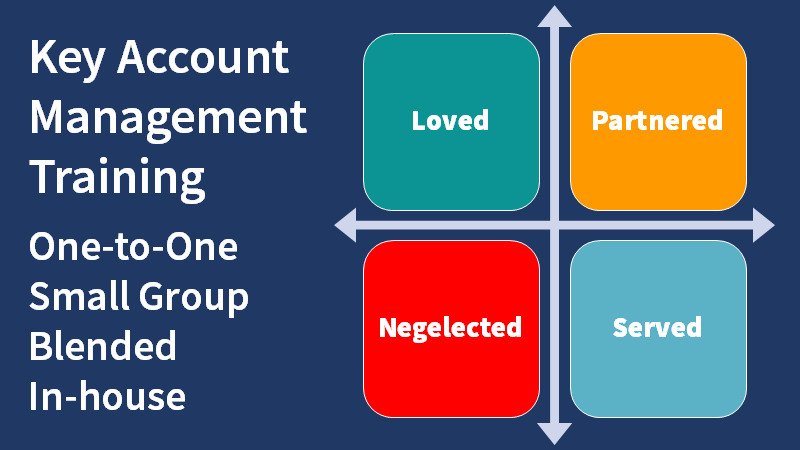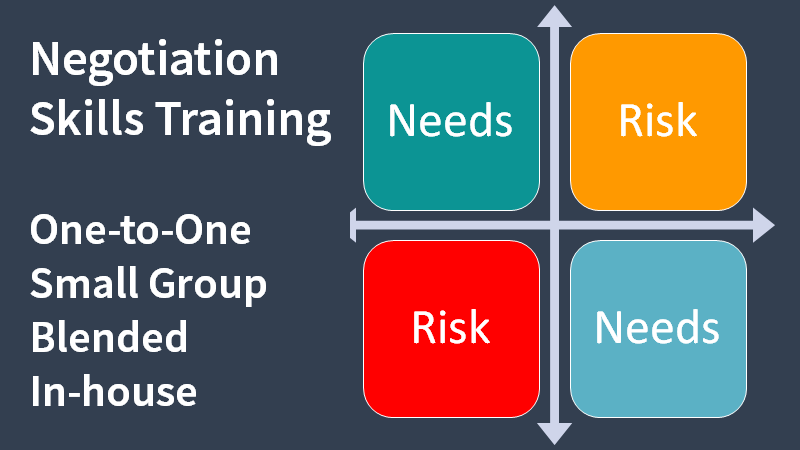Use this marketing plan and organisation assessment to aid planning and improve marketing effectiveness.

Complete this marketing plan and organisation assessment in 5 to 10 minutes.
The results are presented via a radar chart at the bottom of this page in real-time.
Rate the organisational and operational effectiveness of any sales team or business.
Identify strengths and weaknesses, opportunities and vulnerabilities.
Use the feedback to guide organisation or operational improvements.
Read the notes for justifications and implementation guidance.
Marketing Plan Assessment Instructions:
To use this marketing plan assessment, score each of the statements below. Enter a score between 1 and 10 in the boxes adjacent to each statement.
Score according to the degree of truth in each statement.
The notes offer explanations and some implementation guidance.
Make your score reflect reality.
The data is not recorded so you only have yourself to mislead.
Your total score and a chart showing the plan or operations strengths and weaknesses will be updated in real-time at the bottom of the page.
Issues Addressed: 1. A detailed definition of the issues addressed by products and services offered together with the research substantiating the needs has been compiled, agreed upon with the executive team, and published internally. Notes: The starting point for any marketing effort is the same as it is for any sales effort. What are the pains addressed or the gains facilitated by the organisation's offerings? | |
Markets and Customers: 2. A set of descriptions that define the markets or audiences addressed, the types of customers sought, and their demographics have been compiled, agreed upon by the executive team, and published internally. Notes: As for the issues addressed, both sales and marketing teams require a clear and distinct guide for finding customers and influencing their decisions. | |
Persona and Triggers: 3. A set of definitions that describe the people to be influenced by marketing campaigns, their motivations, and the factors that are known or expected to prompt buying activity have been compiled, agreed upon, and published internally. Notes: Buying personas and their respective buying triggers help marketing and sales teams focus their efforts on individuals with the greatest present need for what is being sold. | |
Marketing Funnel: 4. A set of definitions that distinguish the stages of the marketing funnel and the criteria that determine transitions between stages have been compiled, agreed upon and published internally. Notes: Marketing plans need a framework that guides and governs the lead-generation process through to either a handoff to sales staff or the completion of a sale. | |
Seminars and Webinars Statement: 5. The marketing plan includes a policy regarding the use of seminars and webinars. If they are to be employed the plan identifies:
Notes: This might seem like a lot of detail, however, without specifics in each of the listed categories, event organisation tends to slip and the associated business targets or loose expectations are missed. If a sales team is relying on marketing activity to generate leads, this can be a double whammy. | |
Seminar and Webinar Results Statement: 6. The marketing plan provides for the collection and monitoring of any seminar and webinar results together with tracking of any resulting leads or enquiries. Notes: I once heard a marketeer say, "50% of my marketing is working. I just don't know which 50%." | |
Exhibitions and Conferences Statement: 7. The marketing plan includes a policy regarding the use of conferences and exhibitions and if employed, the plan identifies:
Notes: As for seminars and webinars, without specifics in each of the listed categories, event organisation tends to slip and the associated business targets or loose expectations are missed. If a sales team is relying on marketing activity to generate leads, this can be a double whammy. | |
Exhibition and Conference Results Statement: 8. The marketing plan provides for the collection and monitoring of any exhibition and conference results together with the collection of contact data and tracking of any resulting leads or enquiries. Notes: Enough said. | |
Print Advertising Statement: 9. The marketing plan includes a policy regarding the use of print advertising and if employed, the plan details:
Notes: Some of the details could be omitted in favour of giving the assigned manager free rein to achieve the desired results. | |
Digital Advertising Statement: 10. The marketing plan includes a policy regarding the use of digital advertising that details:
Notes: As for the print advertising, some of the details could be omitted in favour of giving the assigned manager free rein to achieve the desired results. | |
Advert Monitoring Statement: 11. The marketing plan provides for the collection and monitoring of any print, digital, PPC advertising results together with tracking of any resulting enquiries and the measurement of associated sales results. Notes: If you don't measure it, you can't manage it. | |
Digital Research Statement: 12. The marketing plan encompasses ongoing keyword and keyphrase research to provide a foundation for content development, search engine optimisation, website development, and social media marketing activities. Notes: The use of language, keywords, and keyphrases is continuously changing. The words used by potential customers to find what you offer shift over time so if search optimisation is based on a fixed set of search terms, performance over time will decline as the terms in use change. | |
Website Development Statement: 13. The marketing plan provides for ongoing website development and optimisation based on Search Engine Results Pages (SERP), keyword research, and the latest SEO intelligence to capture natural search web traffic. Notes: Search engines, predominantly Google and to a lesser extent, Bing are continuously adjusting their algorithms to maximise search effectiveness and thereby popularity. | |
Content Development Statement: 14. The marketing plan encompasses ongoing content development and optimisation that leverages keyword research to capture natural search traffic. Notes: As for keywords and phrases, content needs to be refreshed so that is found for the search terms in common use. Otherwise, the performance of content is likely to decline over time. | |
Link Building Plan Statement: 15. The marketing plan encompasses website link-building activities to maximise visibility and exposure of natural search-engine-optimised content. Notes: The search engine results page and position on the page for any particular content are highly sensitive to the number of high-quality external links that point to it. | |
Content Analysis Statement: 16. The marketing plan provides for the collection and analysis of all content views, the collection view statistics, and the collation of related visitor intelligence. In addition, the plan provides for the use of the data to maximise the effectiveness of digital marketing across all content channels. Notes: Knowing the value of each marketing investment in terms of the results it produces is essential for the optimisation of the overall marketing investment. | |
Prospect Contact Capture Plan Statement: 17. The marketing plan encompasses proactive strategies to capture contact details from all prospect contact sources. Contact details should include:
Notes: Company address details, phone numbers, and business intelligence can be obtained from the website. Since people often work remotely, their mobile number and geographic location are more important than they used to be. Other social media channels may also be valuable. | |
List Management Statement: 18. The marketing plan identifies list management resources and responsibilities, either using generic database or spreadsheet tools or through list management applications. Notes: It is extraordinarily common for lists to become out-of-date faster than a business refreshes them. One study suggested that lists deteriorate at a rate of 4% per month. This means that a list that is not maintained for a year is only half as effective as it was at the beginning of the year. | |
Contact Policy Statement: 19. The marketing plan includes a contact policy that defines the target maximum and minimum contact intervals for each class of contact held in customer and prospect lists. Notes: Absence does not make the heart grow fonder, certainly as far as a marketing database is concerned. The policy should seek to create a balanced cadence that maximises the value of messages and minimises unsubscribing. | |
Email Marketing Statement: 20. The marketing plan provides for an email marketing capability that reports contact actions including message opens, link clicks, visit durations, and downloads. Notes: As for all other aspects of marketing, data collection and measurement are critical to optimisation. | |
Lead Scoring Statement: 21. The marketing plan includes a lead scoring framework that indicates both the quality of a lead and the urgency of the interest. In addition, the plan includes a policy for the prioritisation, processing, and follow-up of leads. Notes: Without lead scoring, salespeople tend to make up their own minds about the value of a lead. Lead scoring prioritises leads and facilitates the creation of very specific follow-up policies. | |
Referral Initiatives Statement 22. The marketing plan details the provision of proactive referral initiatives that are designed to elicit and capture referrals and introductions from existing customers, suppliers, and business partners. Notes: There are more than a dozen specific ways to encourage referrals. A complete marketing plan should include actions to maximise the generation of referrals. | |
Referral Data Collection Statement: 23. The marketing plan provides for the collection and monitoring of referral data including sources and outcomes. Notes: Referral data is an important part of business forecasting. | |
Press Release Statement: 24. The marketing plan includes provision for generating and distributing press releases, together with a policy to qualify content and govern release frequency. Notes: Journals, ezines, bloggers, and mainstream news channels offer a relatively low-cost channel for lead generation. | |
Media Monitoring Statement: 25. The marketing plan provides for the monitoring and data collection of any print and digital media appearances together with the tracking of any resulting enquiries. Notes: As for all adopted marketing methods, measurement is critical. | |
Market Research Statement: 26. The marketing plan includes provision for market research and new market opportunity investigation including any necessary budgets and identification of resources. Notes: Investment in new or existing markets should be based on data rather than guesswork. | |
Performance Optimisation: 27. The marketing plan includes the provision for periodic collection of measurement data and comparison of the relative effectiveness of all classes of marketing activities. Notes: It is unlikely that any marketing organisation is sufficiently well-resourced to make full use of all marketing opportunities. Selection of the highest leveraged opportunities needs to be a continuous process based on measurement data. | |
Market Share Statement: 28. The marketing plan provides for the monitoring of market share and/or benchmarking data for the company and selected competitors as a way to measure the overall relative effectiveness of marketing and sales strategy and tactics. Notes: These days it is easier than ever to discover competitive intelligence and work out relative market shares. | |
Overall Marketing Plan Statement: 29. The marketing function has clear, distinct and measurable objectives together with a scheduled and budgeted plan for achieving them. Notes: This is an umbrella statement. The score should reflect the overall effectiveness of the marketing plan, as scored by this assessment. | |
| Total Marketing Plan Assessment Score |
Marketing Plan Assessment Score Guide
It is unlikely that any organisation can act in parallel on all marketing opportunities. If your total score for the marketing plan assessment is over 250, could you have been overly generous in your assessment? Whatever your scores, the chart reflects strengths and weaknesses. Use the results to improve your marketing organisation's effectiveness.
Don't leave it here. Decide your next steps.
Action is the key to all progress.
Here are some suggestions:
- Decide what you want to improve and make a plan. How to Get Better at Anything
- Set up business coaching sessions. How a Business Coach Can Help You Find 25% More Business
- Schedule a call with Clive Miller for a free informal review.
- Have us conduct a formal sales and marketing effectiveness review.
No data entered on this page is recorded so if you want to keep your scores, save the chart to your device. For PC's, right-click on the chart and select save-as. For mobiles, take a screenshot.
If you have found this SDR assessment useful, add a comment below to encourage others.
Marketing Plan Assessment Applications Include:
- Business Planning
- Marketing Plan Benchmarking
- Setting Marketing Goals and Objectives
- Managing Outsourced Marketing Arrangements
- Raising Marketing Standards
- Improving Marketing Governance
If you are looking for ways to improve a marketing plan this assessment offers a readily accessible solution. For fractional support, telephone +44 (0)1392 851500, send an email to jimm@salessense.co.uk or use the contact form here.





